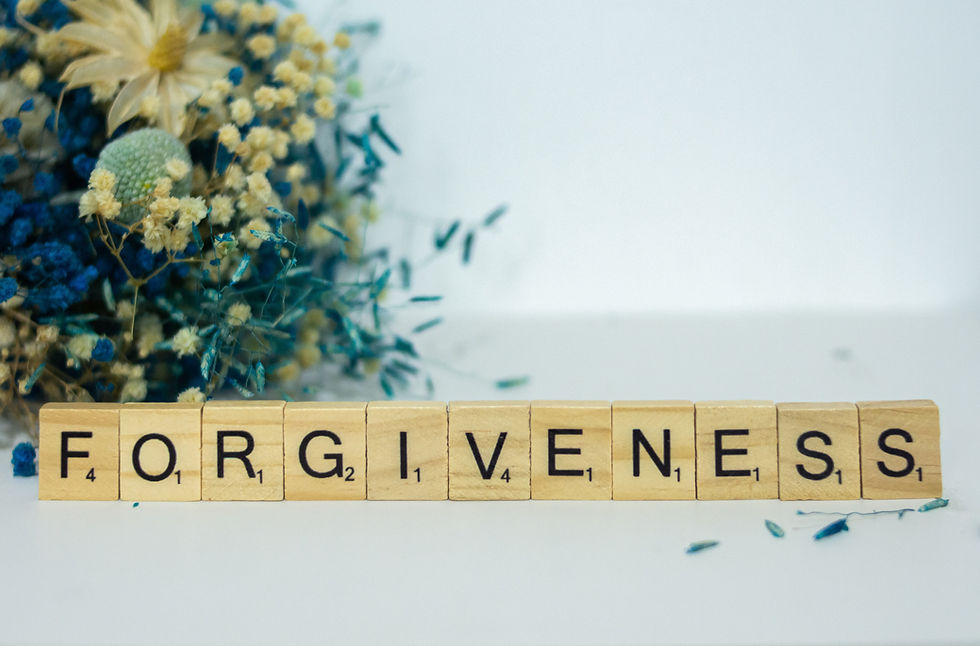Your brain’s super-highway
- Lisa Cresswell

- Aug 24, 2019
- 2 min read
Updated: Nov 12, 2021

This is the bridge network that connects the two hemispheres of your brain – the right creative side – and the left analytical side. It integrates the motor, sensory and cognitive functions of your brain.
Corpus Callosum is Latin for ‘Tough Body’ and that’s appropriate because it’s the largest connective pathway of our brain. It’s even shaped like a letter ‘C’ – C for Corpus Callosum.
It starts forming in the brain about 12 weeks after conception, although its development can be disrupted as early as 6 weeks into the pregnancy by things like rubella, if the mother consumes a lot of alcohol or a gene that sometimes causes malformation. It is mostly developed by the time we are 12 years old. It was only discovered by scientists as recently as the 1950s.
It plays an important role in our vision by combining the separate halves of our visual field, which process images separately in each hemisphere. It also allows us to identify the objects we see by connecting the visual cortex with the language centers of the brain. And it transfers tactile information (processed in the parietal lobes) between the brain hemispheres to enable us to locate touch.
So if you think about it, everything you do that requires sight and touch is coordinated and managed by your Corpus Callosum, whether you are playing a piano, knitting or weaving, riding a bike – that pathway between the two sides of your brain is a crucial tool to perform a variety of everyday actions, from very simple to complex behaviours.
This week I have uploaded a new video to The Resilience Hub with an explanation of what this super-highway does and how you can help keep it open and flowing well.
If you haven’t yet signed up to The Resilience Hub you can do so HERE – it’s free, so why not?!
Until next week, take care,
Lisa.
Image credit: Benjamin Combs via Unsplash






Comments